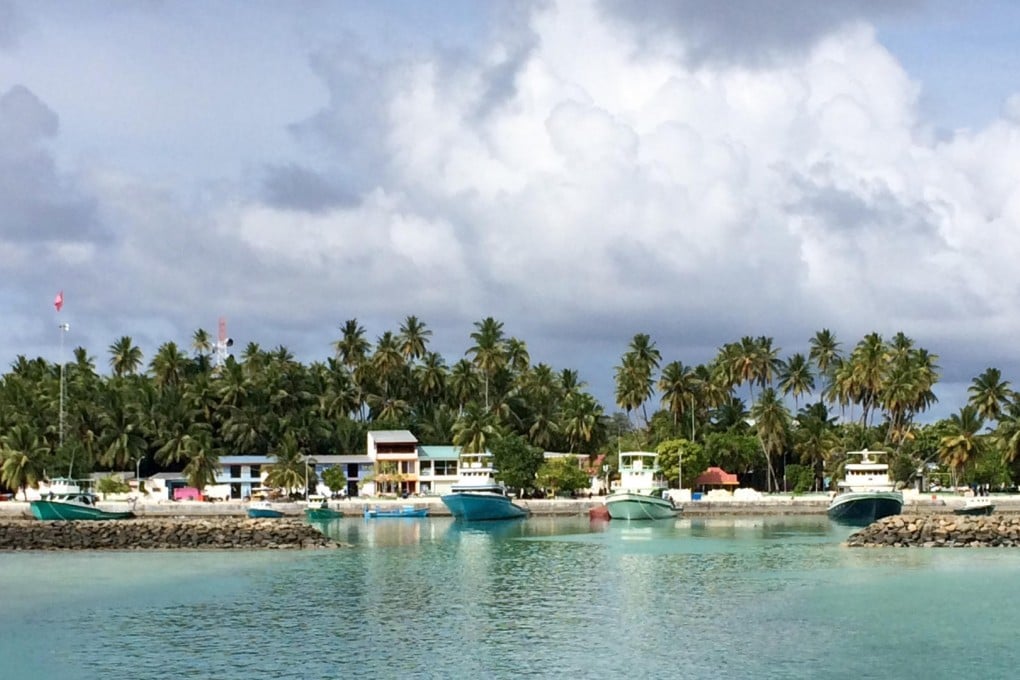Could plane spotted by Maldivian islanders really have been MH370?
On March 8, 2014, the day Malaysian Airlines flight MH370 disappeared, the inhabitants of a tiny Maldivian island claim to have spotted a noisy, low-flying jet. Florence de Changy visits Kuda Huvadhoo to get to the bottom of the mystery.

Since Malaysia Airlines flight 370 disappeared in the early hours of Saturday, March 8, last year, there have been persistent claims, validated by international media, that a large, very noisy aircraft flying low and spotted by inhabitants of a remote island in the Maldives could have been the missing plane. It's a scenario that has given hope to the families of the 239 people on board that they may at last discover the fate of the Beijing-bound airliner.
Kuda Huvadhoo would be hard to find by accident. The tiny island is located in the central part of the Maldives archipelago, at the southern tip of Dhaalu Atoll. It is not on the luxury tourism map and the island claims five mosques and just four private cars. Calls to prayer dictate the rhythm of the day, here, while weeks are punctuated by the arrival, every Wednesday morning, of the cargo ferry from the Maldivian capital, Male, delivering passengers, chickens, mopeds, sacks of rice and onions and the occasional fridge or fan.
Every Saturday, the same ferry returns to Male.
The population of Kuda Huvadhoo suddenly swelled to 3,500 in December 2004, when it had to accommodate survivors from two neighbouring islands destroyed by the great tsunami. The world's attention again turned to Kuda Huvadhoo when a number of islanders claimed to have seen a large plane, flying low, a few hours after MH370 disappeared from radar screens 40 minutes into its flight from Kuala Lumpur to Beijing.
At first, the flight time from Kuala Lumpur appeared to be compatible with this theory - assuming that the aircraft had turned due west after its last contact with air-traffic control. Since it was scheduled to land in China at 6.30am, roughly the same time as the sighting over the Maldives, this assumption gathered support. Similar distance travelled, right timing. It all seemed to fit …
Malaysian officials were quick to reject the islanders' eyewitness accounts, however. Malaysia's then acting transport minister, Hishammuddin Hussein, told reporters at a news conference in Kuala Lumpur on March 19 last year that the reports were not true, without giving further details. Besides, the trajectory over the Maldives was incompatible with what was becoming the official account of the disappearance, according to which, the aircraft had changed direction 40 minutes into the flight and had flown due south until it ran out of fuel, ultimately crashing at 8.19am somewhere in the Indian Ocean southwest of Perth, Australia, in one of the most isolated areas of the planet.
